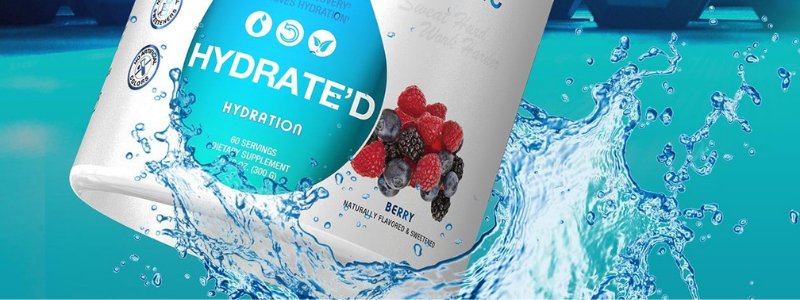Staying on Top of Hydration

How can I stay on top of my hydration?
- Sip small mouthfuls of cool (not ice cold) water regularly – this is more effective than guzzling large volumes at once. Aim for a sip every 20-30 minutes.
- Take your drink bottle everywhere. Fill it up when its empty.
- Start early. Aim to drink 200-500ml of water upon waking to start on the front foot.
- A rough baseline (hydration volume is 30-35ml per kg of body weight. E.g – 75kg athlete = 2.6L water, PLUS more to replace the losses of exercise.
- Try to get an understanding of your fluid losses and hourly sweat rate. This will give you a great idea of your needs in training and games. You will have an opportunity to do this in your activity accompanying this lesson.
How will I know if I am dehydrated?
A simple measure is to look at the colour of your urine. Use the urine colour chart as a guide:
If you notice your urine is dark, grab a water bottle and aim to drink 1 litre in the next hour. If you are heading to training, consider mixing in some electrolytes via an electrolyte supplement (powder or dissolvable tabs) or sports drink and start consuming this to. If you don’t have access to this, consider including a salty pre training snack with your water. Aim to drink early and often during your session and fill up your bottles before you leave (and if you have some on hand, add some more electrolytes or mix up some sports drink) and rehydrate on your way home.
How can I stay well hydrated?
- Sip small mouthfuls of cool (not ice cold) water regularly – this is more effective than guzzling large volumes at once. Aim for a sip every 20-30 minutes.
- Take your drink bottle EVERYWHERE.
- Start early – drink 200-500ml of water upon waking to start on the front foot.
- A rough baseline (hydration volume is 30-35ml per kg of body weight. E.g – 75kg athlete = 2.6L water, PLUS more to replace the losses of exercise.
- Use the activity below to determine your fluid losses and hourly sweat rate. This will give you a great idea of your needs.
What about cramps? Are they due to dehydration?
Muscle cramps are painful, sustained involuntary contractions of the muscles that can occur in many people, including both athletes & non-athletes. Amongst athletes, the most common form of cramping is known as exercise associated muscle cramps (EAMC) and are characterised by cramping of specific muscles during or soon after exercise. It is one of the most common conditions requiring medical attention, especially during pre-season games.
A number of mechanisms have been proposed as the cause of EAMC, including dehydration, electrolyte imbalances & exercise in hot conditions. While each have good theoretical basis, none are confirmed by strong evidence in research. What we do know is that EAMC are associated with fatigue, which somewhat explaining why cramping tends to be more prevalent during trial matches & games at the start of the season when players are still developing their match fitness. Cramping is also more common in hotter, humid summer months, so for softballers, cramping is not uncommon.
Given that cramps can be a consequence of several factors, it’s also important to explore the range of issues that can be at play. Use the following tips to help minimise your potential of experiencing cramps during the season ahead.
Strategies that may help reduce your chances of cramping;
-
Incorporate game intensity and duration work into your training program, it’s key to developing game fitness.
-
Start exercise well hydrated, making use of chilled water, electrolyte supplements and sports drinks to keep fatigue at bay throughout. Your muscles are most sensitive to carbohydrate ingestion during exercise, so sports drinks, or other food or drinks containing carbohydrate during training and matches may reducing fatigue associated with lack of fuel availability.
-
Chilled drinks & even ice slushies style drinks if available (you can make these yourself), are able to better maintain body temperature, further reducing perceptions of fatigue, when training & playing on hot conditions. Cool, sweet drinks are also more enjoyable to most people which means you are more likely to take in a greater volume of fluid.
-
Check in with your team doctor & physio and an Accredited Sports Dietitian, to explore any underlying medical causes of cramping. They may also have some other strategies to help prevent EAMC.
-
Under the advice of your doctor or physio, stretch vulnerable muscles on a regular basis, helping you to reset muscle reflexes.
If you experience regular cramping within training or games, it is ag good idea to talk to your Sports Doctor, physio and an Accredited Sports Dietitian, so they can get to bottom of your cramping issues. Reducing cramping often required a range of strategies.
